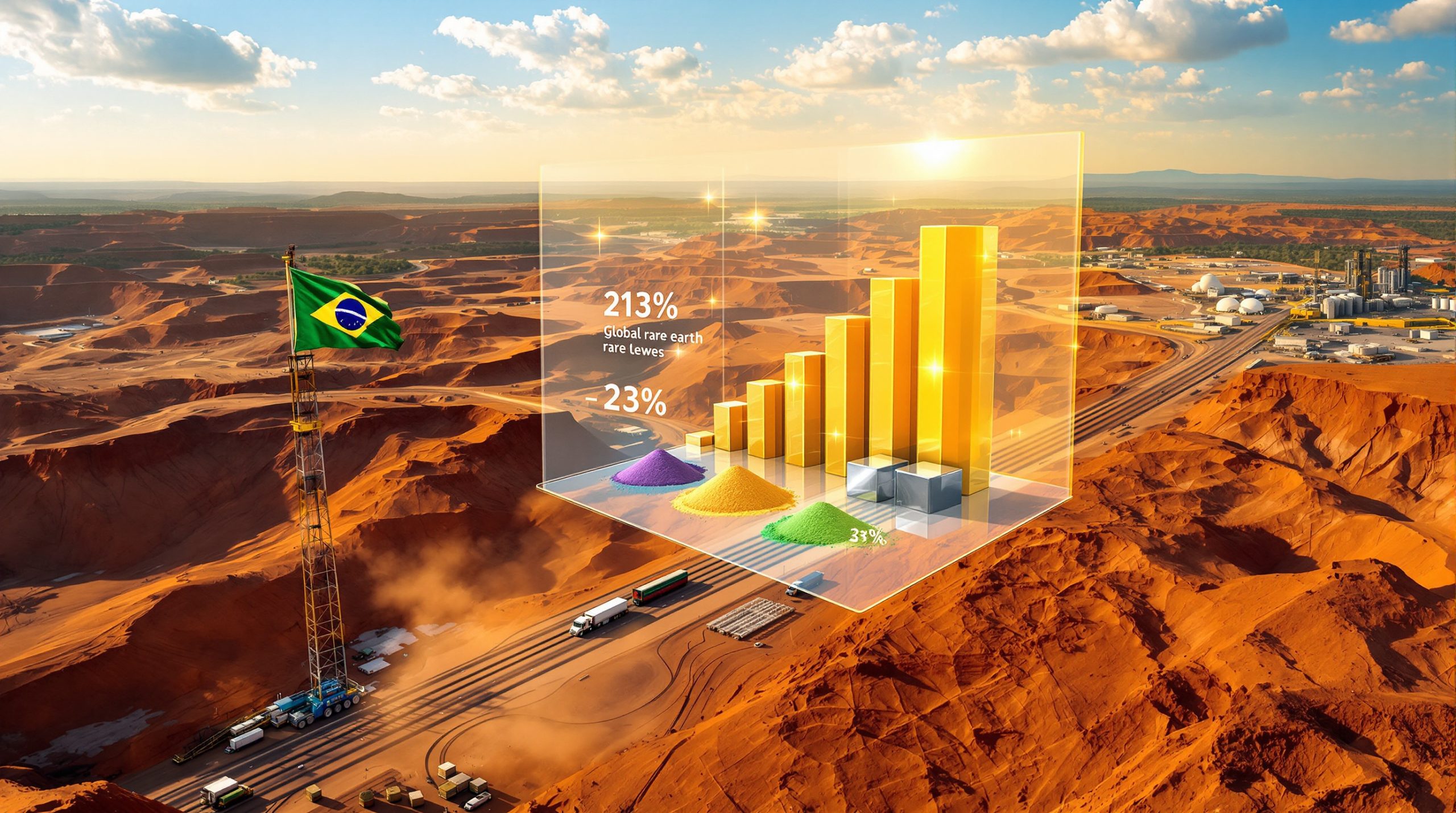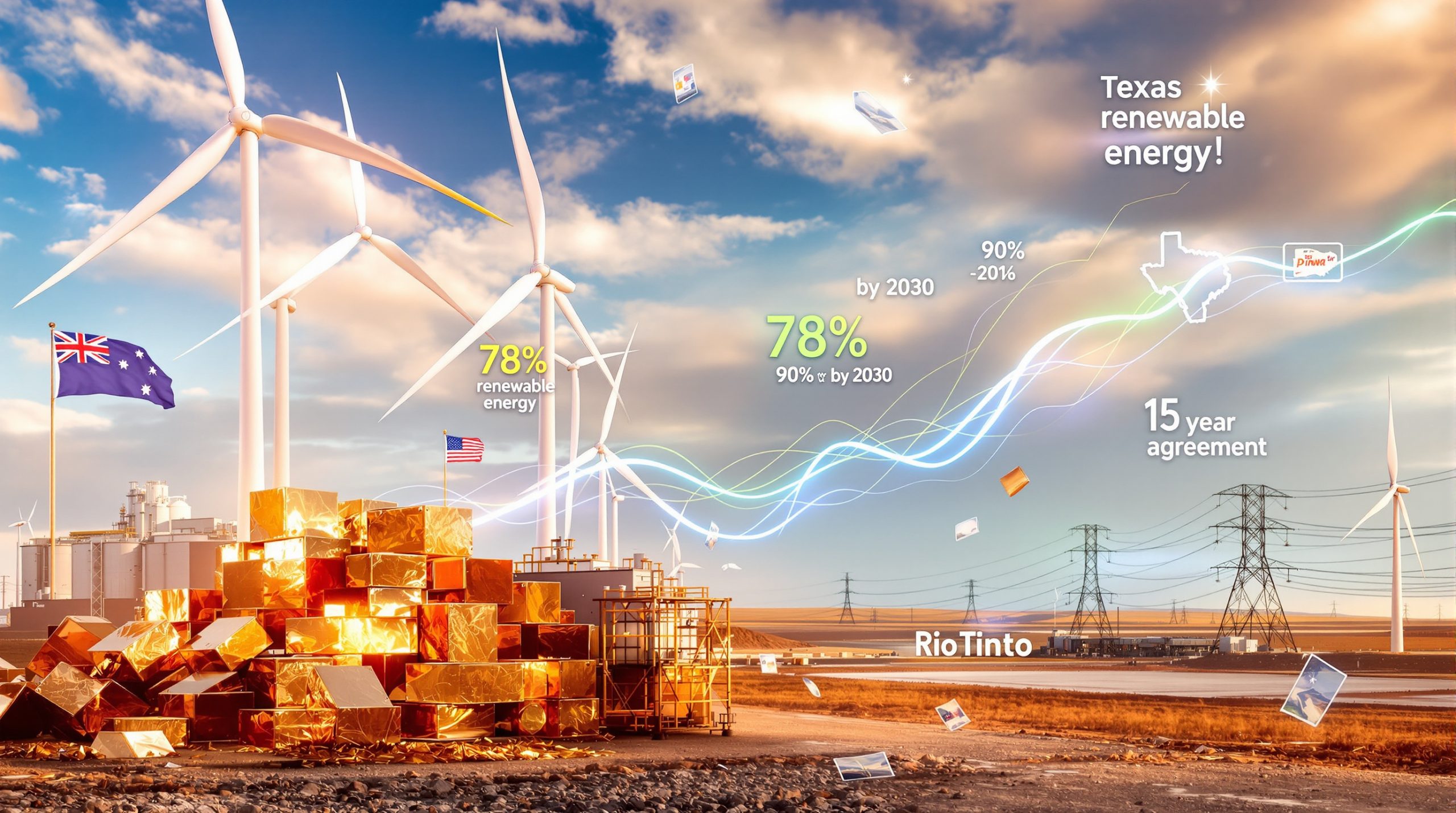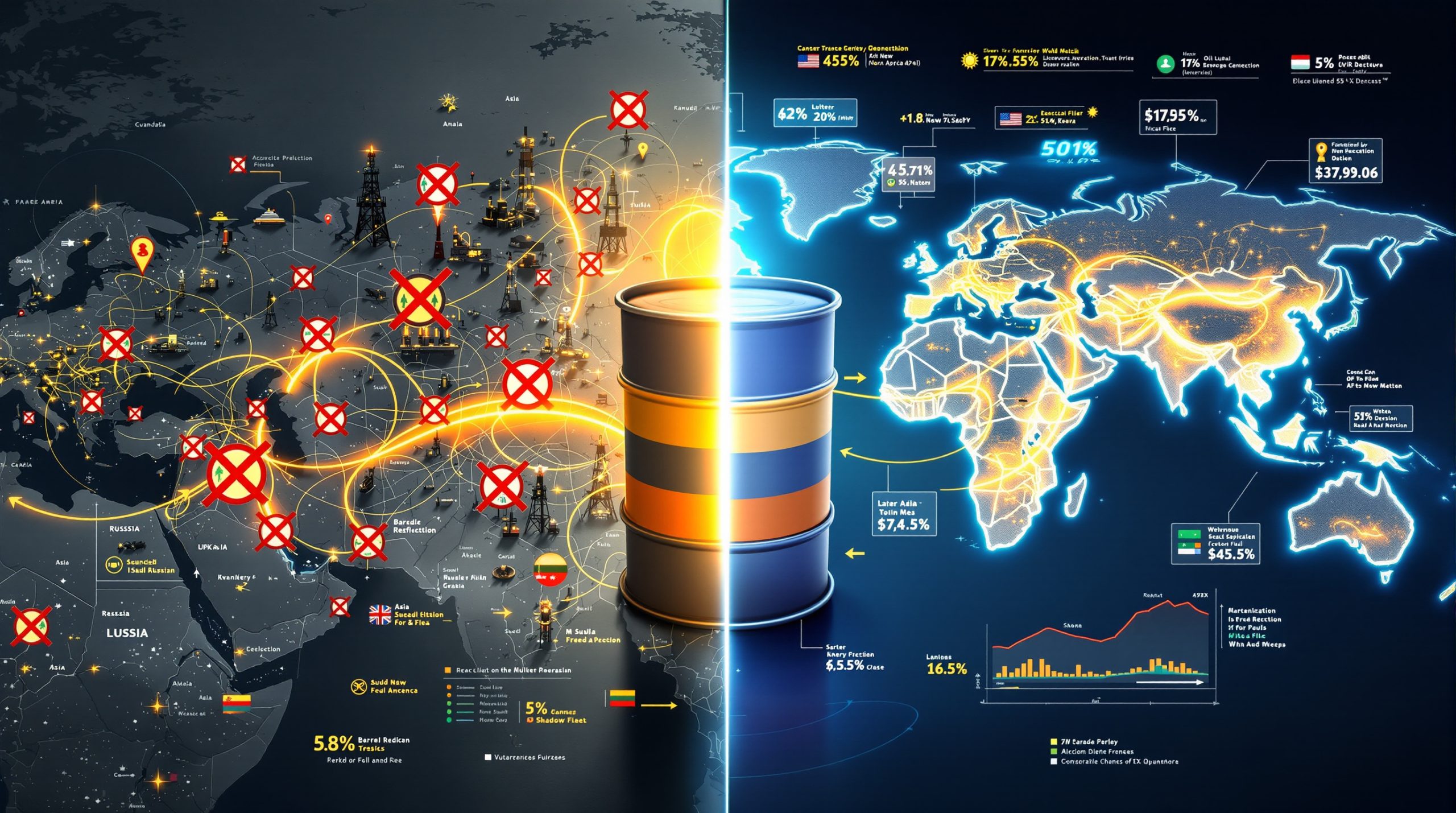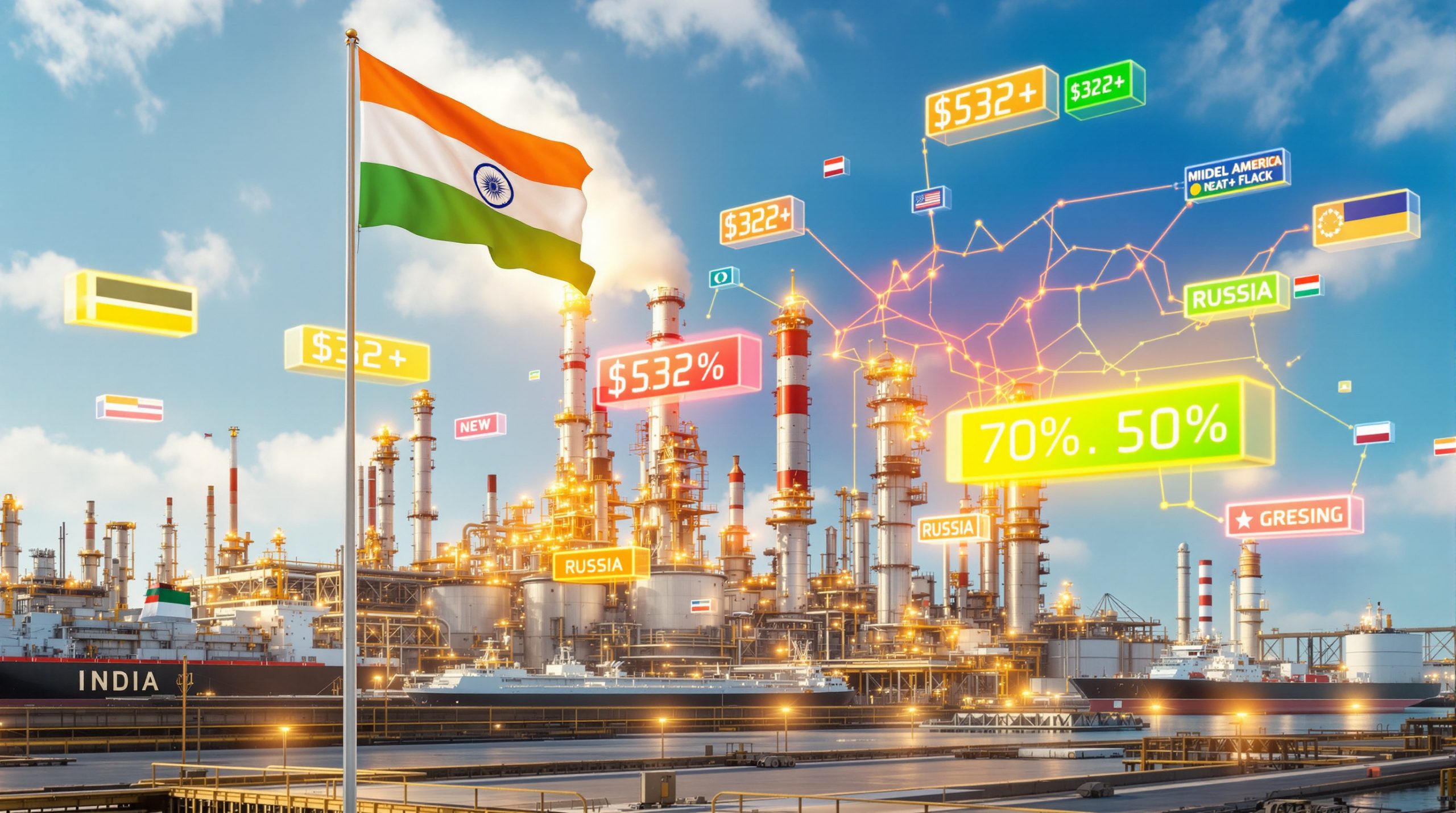What Are the Details of the New US Copper Tariff?
In a major trade policy shift, President Trump has announced a 50% tax on copper imports into the United States, with implementation scheduled for August 1st, 2025. This represents one of the most significant trade interventions in the metals sector in decades, with immediate market repercussions already being felt across global commodity exchanges.
The Announcement and Immediate Market Reaction
The announcement sent shockwaves through commodity markets, with US copper futures surging 13% to reach price levels not seen since 1968. This dramatic price movement underscores the significance of the policy shift and suggests market participants view the US tariffs impact on copper as having substantial long-term implications for copper availability and pricing in the United States.
Key market reactions include:
- Record-setting price jumps in copper futures contracts
- Increased volatility in related metals markets
- Surge in trading volume for copper-focused ETFs
- Share price gains for domestic copper producers
Commodity analysts are describing the tariff as a "supply shock" that could fundamentally reshape North American metals markets for years to come.
America's Copper Import Dependency
The tariff announcement has highlighted a critical vulnerability in America's industrial supply chain: the United States currently imports 53% of its copper requirements. This dependency has developed over decades as domestic production declined while consumption continued to grow across manufacturing, construction, and technology sectors.
Current US copper import sources:
| Country | Percentage of US Imports | Annual Volume (est.) |
|---|---|---|
| Chile | ~40% | Major supplier |
| Canada | ~27% | Second largest |
| Peru | ~10% | Growing supplier |
| Mexico | ~8% | Regional supplier |
| Others | ~15% | Various sources |
Two-thirds of US copper imports originate from Chile and Canada, meaning these nations will bear the brunt of the tariff impact. The heavy reliance on these two trading partners creates particular vulnerability to supply disruptions or tariff market effects.
Industry experts note that rebuilding domestic copper production capacity cannot happen overnight, creating a potentially prolonged period of higher prices and supply uncertainty.
How Will the Copper Tariff Affect American Consumers?
The implementation of a 50% tariff on copper imports is expected to have widespread consequences for American consumers across multiple sectors, from housing to electronics and transportation.
Immediate Price Impacts on Consumer Goods
Copper is a fundamental component in numerous consumer products, with price increases likely to flow through to end-users within months of the tariff implementation. Industry analysts predict that the 50% price shock on this critical material will directly translate to higher consumer costs.
Consumer goods expected to see price increases include:
- Household appliances: Refrigerators, washing machines, air conditioners, and dishwashers all contain significant copper components
- Electronics: Computers, smartphones, and televisions rely on copper for circuit boards and wiring
- Automobiles: The average car contains 50-55 pounds of copper, with electric vehicles using 2-3 times more
- Plumbing fixtures: Copper pipes and fittings are standard in residential construction
- Air conditioning systems: A typical central AC unit contains 10-15 pounds of copper
The construction sector faces particularly steep challenges, as copper comprises a significant portion of materials costs in new housing development. With the housing market already facing affordability challenges, the additional materials cost could further constrain new home building.
Economic Ripple Effects Across Industries
Beyond direct price increases, the US copper tariff threatens broader economic ripple effects as industries adjust to higher input costs. Manufacturing sectors with tight margins and high copper intensity will face difficult choices between absorbing costs, passing them to consumers, or exploring material substitutions.
Expected economic impacts by timeframe:
| Timeframe | Industry Adjustments | Consumer Impact |
|---|---|---|
| 1-3 months | Initial price hedging and inventory depletion | Limited direct impact |
| 3-6 months | Price increases in manufactured goods | Noticeable price increases in copper-intensive products |
| 6-12 months | Production shifts and potential layoffs | Broader inflation pressure and reduced purchasing power |
| 12+ months | Long-term supply chain restructuring | Stabilized higher prices or substitution effects |
Economic analysts warn that the tariff could contribute to inflationary pressure at a time when consumers are already facing elevated costs in essential categories like housing, transportation, and food.
What Is the Economic Rationale Behind the Tariff?
The copper tariff represents a significant policy intervention with both stated economic objectives and potential unintended consequences, sparking debate among economists, industry leaders, and policy experts.
The Administration's Justification
The Trump administration has articulated several key objectives behind the copper tariff, centered on rebuilding domestic production capacity and reducing import dependency. The official rationale includes:
Job creation: The administration points to potential employment growth in mining, processing, and manufacturing sectors, positioning the tariff as a catalyst for American industrial revitalization.
National security: By classifying copper as a strategic material, the policy frames import dependency as a security vulnerability, particularly as copper plays a critical role in defense applications, telecommunications infrastructure, and the electrical grid.
Trade balance improvement: Reducing the trade deficit in industrial materials has been positioned as an economic priority, with the tariff serving as a mechanism to incentivize domestic production over imports.
Manufacturing revival: The administration argues that a strengthened domestic copper supply chain will support broader manufacturing sector growth and technological innovation.
Historical precedent for such interventions exists in previous metals sector tariffs, though economists continue to debate their long-term effectiveness at achieving stated goals.
Critical Perspectives on the Tariff Strategy
Despite the administration's confident projections, critics have raised substantive concerns about the tariff approach. Industry analysts and economists point out several potential drawbacks:
"Tariffs simply tax American consumers while triggering inflation across multiple industries. History shows they rarely achieve the promised domestic production increases." – Economic Policy Institute analysis
Economic critique points include:
- Consumer tax effect: Tariffs function effectively as taxes paid by domestic consumers rather than foreign producers
- Inflationary pressure: Price increases ripple through supply chains, contributing to broader inflation
- Retaliation risk: Trading partners may implement countermeasures affecting US exports
- Production timeline mismatch: New domestic mining capacity requires years to develop, creating a prolonged gap between tariff implementation and production response
- Capital investment requirements: Expanding US copper production would require billions in investment under uncertain long-term policy conditions
Historical case studies of similar protectionist measures suggest mixed results at best, with job creation in protected sectors often offset by job losses in industries facing higher input costs.
The time lag between tariff implementation and any potential domestic production increase creates a particularly challenging transition period for copper-dependent industries and consumers, according to analysis from Investopedia.
How Might Global Copper Markets Respond?
The imposition of a 50% tariff by the world's largest economy will undoubtedly reshape global copper markets, triggering responses from producing nations, traders, and international manufacturers.
International Trade Implications
Chile and Canada, which supply two-thirds of US copper imports, face the most immediate economic impact from the tariff. These nations must now navigate significant challenges to their export economies and consider potential responses.
Possible international reactions include:
- Retaliatory tariffs: Major copper exporters may implement countermeasures targeting US exports
- WTO complaints: Formal trade dispute filings challenging the legality of the tariff under international agreements
- Diplomatic negotiations: Attempts to secure exemptions or modifications through bilateral talks
- Market redirection: Exporters seeking alternative markets in Europe and Asia for displaced copper volumes
The global copper supply forecast may experience sustained volatility as markets adjust to this significant intervention. Traders anticipate price divergence between US and international markets, potentially creating arbitrage opportunities and supply chain complications.
China, as the world's largest copper consumer, may find opportunity in the disruption, potentially securing more favorable supply terms from producers seeking alternatives to the US market.
Investment Opportunities in Domestic Copper Production
The tariff substantially improves the economics of US copper production, creating potential investment opportunities in both existing operations and development-stage projects. Companies with permitted projects or expansion capacity stand to benefit most immediately.
Key investment considerations include:
- Operational mines: Existing US copper producers can expect margin expansion and potential production increases
- Development projects: Previously marginal copper deposits may now reach economic viability
- Exploration activity: Increased incentive for copper exploration on US territory
- Processing capacity: Investment in smelting and refining infrastructure to handle increased domestic production
However, developing new copper resources involves significant time horizons, with major projects typically requiring 7-10 years from discovery to production. Even accelerated timelines for previously identified deposits typically require 3-5 years for permitting, financing, and construction.
This creates a potential supply gap where copper prices remain elevated while domestic production capacity gradually expands. During this period, import-dependent manufacturers may face particular challenges in maintaining competitive cost structures.
Which Companies Are Positioned to Benefit or Lose?
The copper tariff creates a distinct divide between potential winners and losers across the metals and manufacturing landscape, with stock market reactions already reflecting anticipated impacts.
US Copper Producers Poised for Growth
Domestic copper producers stand to gain significantly from the tariff implementation, with operational mines seeing immediate margin expansion and development projects gaining enhanced economic viability.
Companies with major US copper exposure include:
- Freeport-McMoRan: Operates substantial copper assets in Arizona and New Mexico
- Rio Tinto: Controls the Kennecott mine in Utah, one of America's largest copper operations
- BHP: Has significant copper investments in Arizona
- Southern Copper: Major producer with expansion potential
- Nevada Copper: Smaller producer with growth potential
Development-stage copper projects across Arizona, Nevada, Minnesota, and Michigan may see accelerated timelines as improved economics attract investment capital. However, these projects still face regulatory hurdles and significant capital requirements.
Industry insiders note that bringing new domestic supply online will require substantial investment. Even with improved economics, developing major new copper mines typically requires $1-3 billion in capital expenditure and multiple years of development work.
Potential Losers in the New Tariff Environment
On the other side of the equation, various industries and companies face challenges from higher copper input costs:
Sectors facing headwinds include:
- Appliance manufacturers: Companies like Whirlpool and GE Appliances face higher production costs
- HVAC equipment producers: Air conditioning and heating system manufacturers rely heavily on copper components
- Electrical equipment manufacturers: Wire, transformer, and electrical component producers
- Construction companies: Homebuilders and commercial developers
- Automotive manufacturers: Particularly those with significant US production for domestic markets
These companies face difficult decisions between absorbing margin compression, passing costs to consumers, or investing in redesigns to reduce copper intensity. The challenge is particularly acute for products where copper cannot easily be substituted with alternative materials.
Analysts note that companies with global manufacturing footprints may shift production locations to optimize around the new tariff environment, potentially accelerating offshoring of certain manufacturing processes despite the tariff's stated goal of protecting domestic industries.
How Does This Compare to Other Recent Mining Industry Developments?
The copper tariff represents just one aspect of a dynamic metals and mining landscape, with significant developments occurring across the sector in recent months.
Consolidation Trends in Precious Metals
One of the most notable recent transactions involves Royal Gold's $3.7 billion acquisition of Sandstorm Gold and Horizon Copper. This deal represents significant consolidation in the streaming and royalty sector of the precious metals industry.
Key aspects of the Royal Gold transaction include:
- Substantial premiums: 21% premium for Sandstorm shareholders and an impressive 85% premium for Horizon investors
- Asset expansion: Addition of 40 producing assets to Royal Gold's portfolio
- Production growth: 26% boost to Royal Gold's overall production profile
- Diversification benefits: Broader geographic and operational exposure
This transaction exemplifies the ongoing consolidation within the mining finance sector, as larger players seek scale advantages and portfolio diversification. The willingness to pay significant premiums indicates confidence in long-term metals price fundamentals.
The streaming sector continues to attract investment due to its lower operational risk profile while maintaining exposure to metals price upside.
Notable Copper Exploration Successes
While the tariff focuses attention on existing production, remarkable exploration success stories highlight the potential for significant new copper discoveries.
Marramaka Copper recently reported exceptional drilling results, including 12% copper over 6 meters within a broader 26-meter zone averaging 4.1% copper. These grades substantially exceed industry norms, where most operators celebrate anything above 1% copper content.
"Most copper mines celebrate anything above 1% grade. Finding 12% copper transforms project economics overnight and makes Marramaka one of South America's most obvious takeover targets." – Mining analyst quoted in industry publication
Similarly, NGX Minerals has reported impressive combined copper-gold discoveries, including zones with 10% copper equivalent over 50.5 meters, as well as extraordinarily high-grade gold results (504 g/t gold over 1.55m) at their Luna project.
These high-grade discoveries demonstrate that significant new copper resources remain to be found, though developing them into producing mines requires years of investment and permitting work.
Companies making high-quality discoveries represent potential acquisition targets for major miners seeking to replenish reserves and secure future production growth, particularly in the enhanced pricing environment created by the tariff.
What Are the Latest Developments in Gold Mining Projects?
Beyond copper, significant developments in the gold mining sector highlight ongoing industry dynamics and investment opportunities.
Viva Gold's Nevada Project Economics
Viva Gold's Tonapa project in Nevada represents an emerging development opportunity in a premier mining jurisdiction. Recent economic studies outline compelling potential returns:
Project highlights include:
- Resource base: Supports approximately 400,000 ounces of gold production
- Mine life: 7-year production timeline
- Economic potential: $100 million profit projection at current gold prices
- Returns: Potential 43% annual return at $3,200/oz gold price
- Cost structure: Production costs estimated at $1,269/oz
- Capital requirement: $220 million initial investment needed
These economics illustrate the attractive margins available in gold mining at current metal prices, though project financing remains a significant hurdle for mid-tier development companies.
The project's location in mining-friendly Nevada provides regulatory advantages compared to many international jurisdictions, though permitting timelines still extend to multiple years even in favorable locations.
Northern Dynasty's Pebble Project Revival
In a potentially significant development for copper and gold markets, Northern Dynasty Minerals has initiated negotiations with the Environmental Protection Agency to overturn the 2023 ban on its massive Pebble project in Alaska.
The Pebble deposit contains extraordinary metal resources:
- Copper: 57 billion pounds
- Gold: Over 70 million ounces
- Silver: More than 300 million ounces
- Additional metals: Significant molybdenum and other minerals
This represents one of the largest undeveloped mineral deposits globally, with potential multi-decade production capacity if developed. However, environmental concerns have previously blocked development, particularly regarding potential impacts on Bristol Bay's salmon fisheries.
The project faces continued opposition from environmental groups and some local communities, creating significant uncertainty around its development timeline despite its enormous resource potential.
If eventually developed, Pebble could substantially increase domestic copper production, though any potential output remains years away even with regulatory breakthroughs.
What's Happening in the Silver Market?
Silver has shown remarkable strength in 2025, performing nearly on par with gold despite traditionally exhibiting more volatility.
Record Investment Flows and Price Performance
The first half of 2025 has seen extraordinary investor interest in silver, driving substantial price appreciation and record investment flows:
Silver market highlights include:
- Price performance: 25% increase in the first half of 2025, nearly matching gold's 26% gain
- ETF demand: Inflows reached 95 million ounces, already surpassing the entire 2024 total
- Market size: Global silver holdings reached $40 billion for the first time
- Price levels: Current price around $37/oz with technical potential to test $40/oz
This performance comes despite traditional industrial demand headwinds, suggesting investor interest rather than industrial consumption is driving the current price action.
The Silver Institute reports unprecedented ETF inflows, indicating growing investor confidence in silver's monetary role alongside its industrial applications.
Regional Investment Patterns
Interestingly, silver demand shows distinct regional patterns that provide insight into different investment philosophies and economic conditions:
European investors have been buying aggressively, potentially reflecting concerns about regional banking stability and currency devaluation risks. European silver ETFs have seen the strongest proportional inflows.
American investors have been taking profits at multi-year highs, exhibiting more trading-oriented behavior compared to their European counterparts. This profit-taking has been particularly evident among retail investors who accumulated positions during 2020-2022.
Indian demand shows healthy 7% growth, continuing the traditional strong physical silver investment culture in the region. Indian buyers have historically viewed silver as both adornment and financial security, with demand typically accelerating during wedding seasons.
This regional divergence creates an interesting market dynamic, with different geographic areas effectively transferring silver ownership based on distinct economic outlooks an
Want to Capitalise on Major Mineral Discoveries?
Discover significant ASX mineral discoveries the moment they happen with Discovery Alert's proprietary Discovery IQ model, providing you with actionable insights before the broader market. Explore why historic discoveries lead to exceptional returns by visiting the dedicated discoveries page and position yourself for success with a 30-day free trial.




